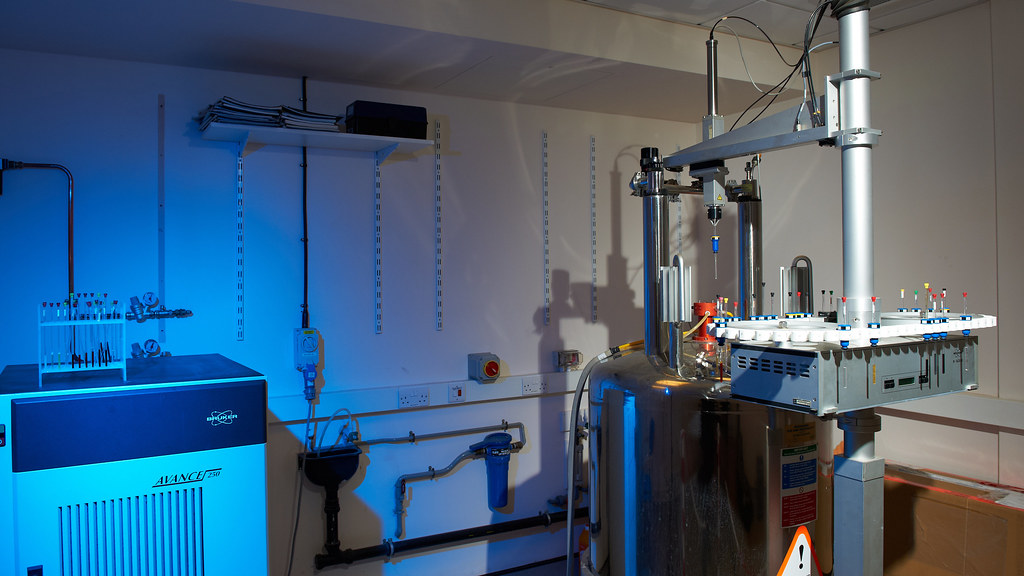Trypanosomaiasis is the name for several diseases in vertebrates caused by parasitic protozoan trypanosomes, and includes both African trypanosomiasis and Chagas disease. Trypanosomes have complex life cycles, and to study them the parasites must be grown in special conditions. For many years standard, non-specific, growth media have been used, however researchers at the University of Bristol in Professor Wendy Gibson’s group wondered if all the components included in the traditional growth media were actually required.
Following a request to the University of Bath for assistance, we were able to help identify and quantify the many discrete components found in the growth media. By allowing various life stage trypanosomes to grow in media, we were also able to show which components were being consumed or produced by the growing parasites.
As a result of the work, a much simpler growth media will be able to be used for future studies.
The project used proton NMR spectroscopy of mostly non-deuterated growth media, and was made possible through the expertise of the research facilities staff, and state-of-the-art NMR instrumentation.
